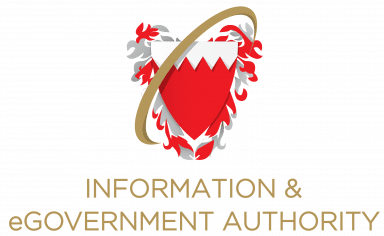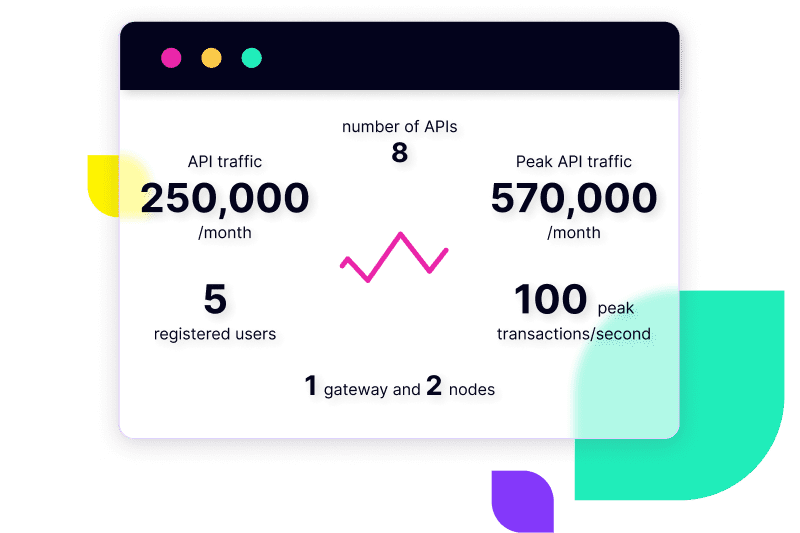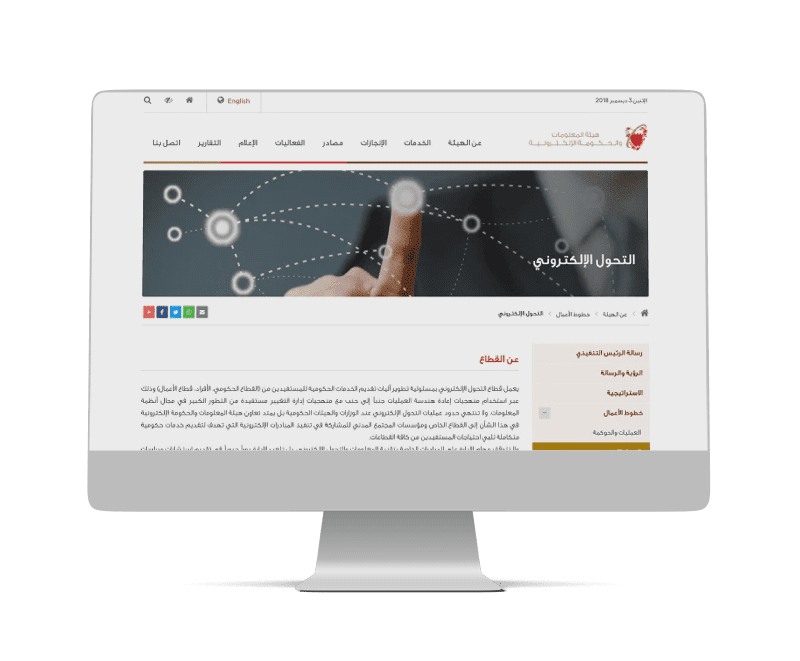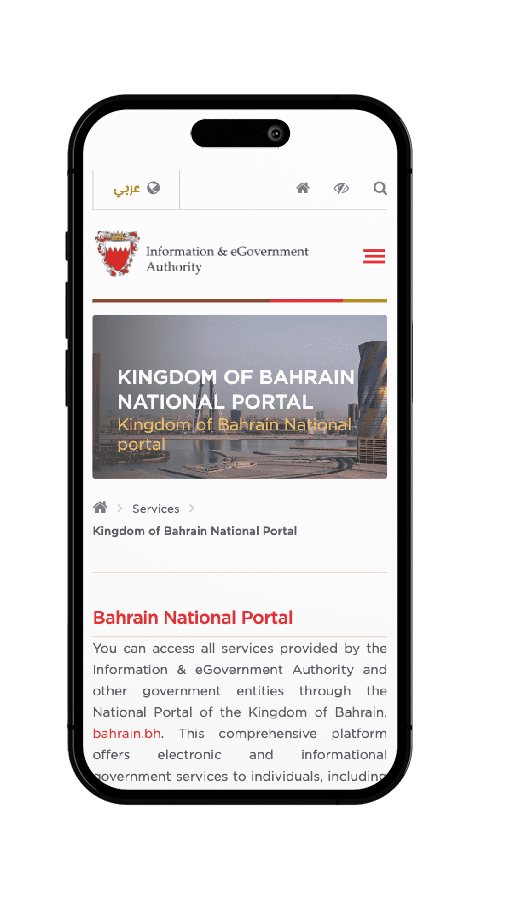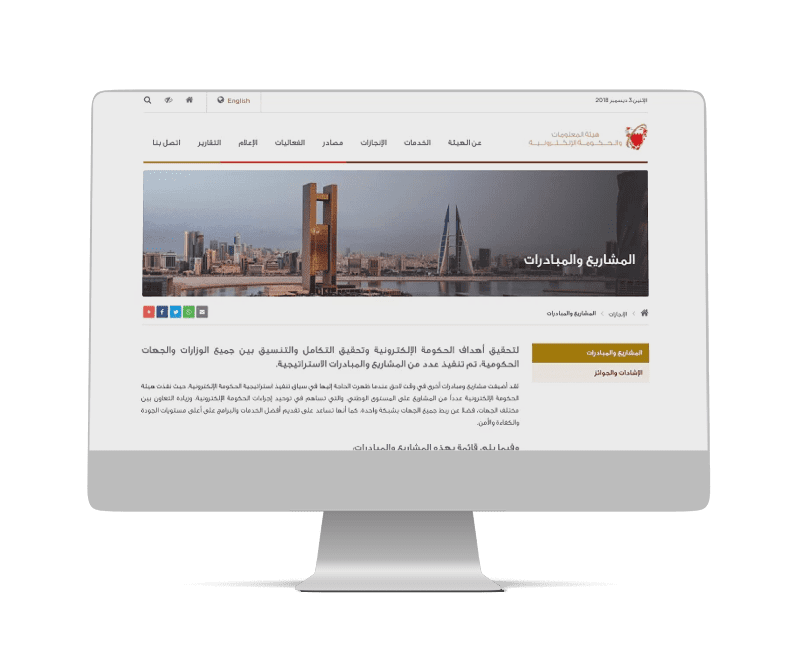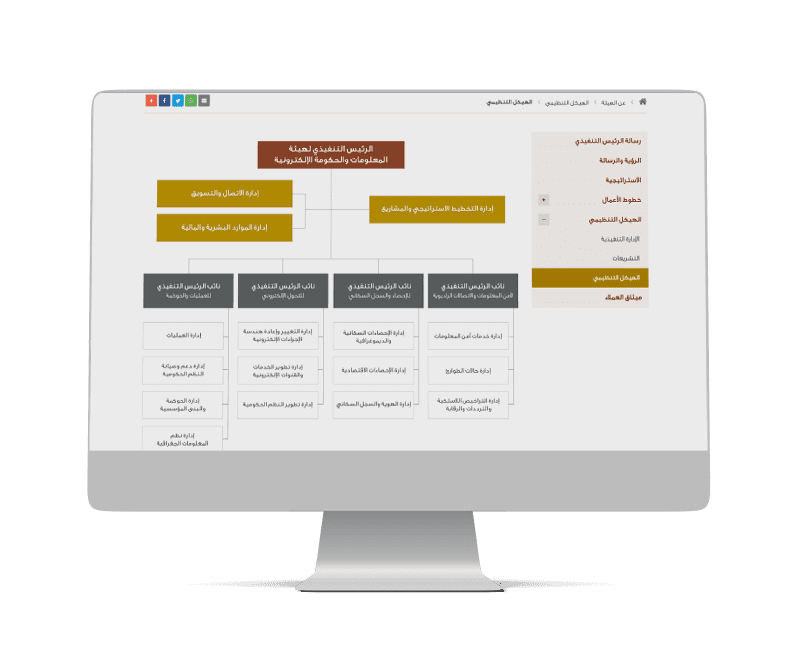IGA Bahrain and Tyk
The IGA Bahrain team saw immediate benefits after implementing Tyk. From Day 1 of implementation they were able to secure multiple APIs running as part of critical systems, with peaks of up to 570k transactions per month.
As well as ensuring their systems are kept safe, running their suite of APIs through Tyk now also gives them insights into API traffic. Not only does this help them further innovate, but it also helps them monitor for unusual activity that could suggest a potential cyber attack.
Who is IGA Bahrain?
The Information & eGovernment Authority (IGA) for the Kingdom of Bahrain provides over 300 government services for its citizens, residents, visitors and businesses. These services are often in the form of secure, best-in-class, and multichannel digital platforms and applications.
To provide these vital services, IGA Bahrain provides, and works with, a number of internal and G2B APIs. These APIs are used in great numbers by other government entities to ensure their systems stay up to date, and so that key functions and tasks are automatically undertaken.
Their APIs are also used by certain choice businesses with whom they collaborate. Total monthly traffic is, on average, around 250,000 transactions, with peak numbers hitting over double that.
Why did IGA Bahrain need an API Gateway and Management Solution?
As part of their mission to digitise government services and make citizens’ lives easier, IGA Bahrain developed a number of APIs for internal and G2B systems.
Given the importance of keeping citizen & government data safe they knew it wasn’t enough to roll out standard APIs as quickly as possible. Instead they needed to take the time to implement biometric verification for third parties, to keep their API ecosystem secure and ensure active monitoring of API users.
To achieve this, their APIs also needed more than a simple gateway to function: they needed authentication & authorisation, rate limiting, and general API Management processes. With these components missing from their current set-up, they began to research Gateways that would give them peace of mind they needed, as well as excellent functionality and service.
Why did they turn to Tyk?
When IGA Bahrain realised they needed an API Management Platform, they began researching which was the right one for their needs.
Tyk stood out early in their research efforts, thanks to its easy-to-use Dashboard including API Key Management, throttling, and API Monitoring: critical features for the IGA team.
Ease of provisioning, a full-featured community edition, and excellent value-for-money helped finalise IGA’s decision to choose Tyk’s 1 Gateway and 2 node on-premise package to manage their suite of 8 APIs.
HOW EASY WAS TYK TO IMPLEMENT?
It took IGA Bahrain less than one week
to get up and running with Tyk API Gateway
& Management Platform.
The implementation was straightforward and simple and the the API team used Tyk’s extensive documentation to quickly become confident using the Tyk API Management Dashboard.
How do IGA use Tyk day-to-day?
On a normal day for the IGA Bahrain API Team, a typical Tyk workflow begins with the business requesting a dedicated API key to use on their test or production environments. On receiving the request, the API team uses the Tyk Dashboard to quickly generate the API key and associate it with the vendor who will be using it.
When the key is created, the API team can configure usage restrictions such as rate limiting and API access control. Once this is done and the key has been issued, the vendor can then easily consume IGA Bahrain’s services via the Tyk API Gateway.
The whole process is done within 15 minutes & does not require a technical team member, freeing them up to continue to develop and troubleshoot the Government API Program.
